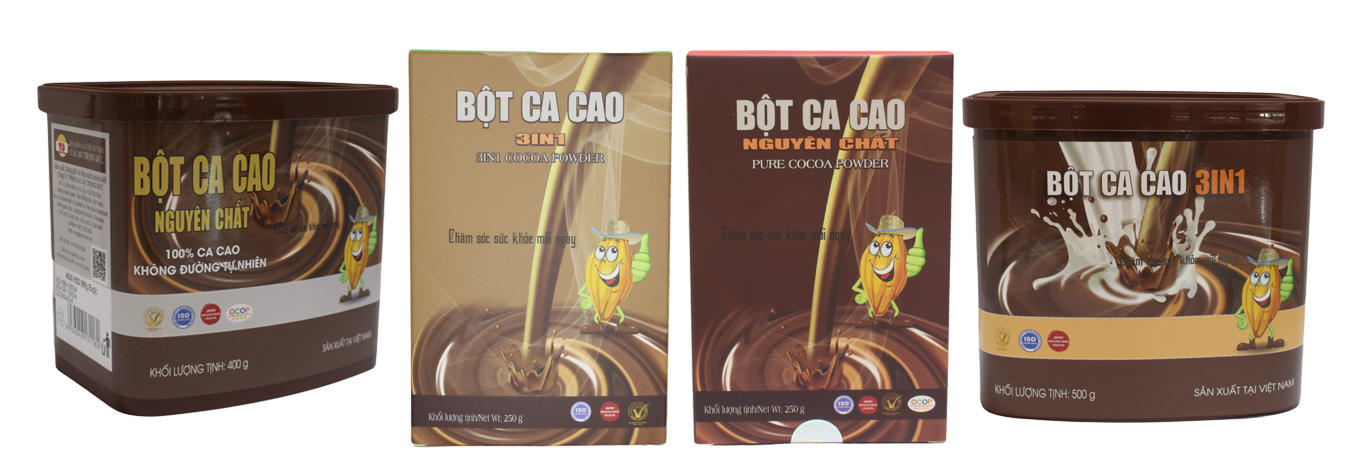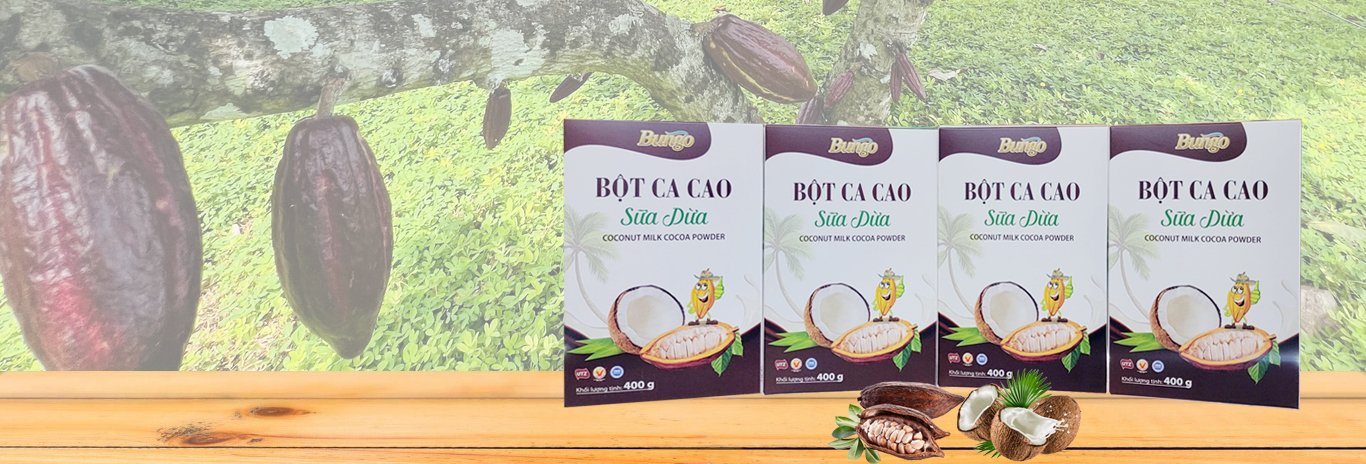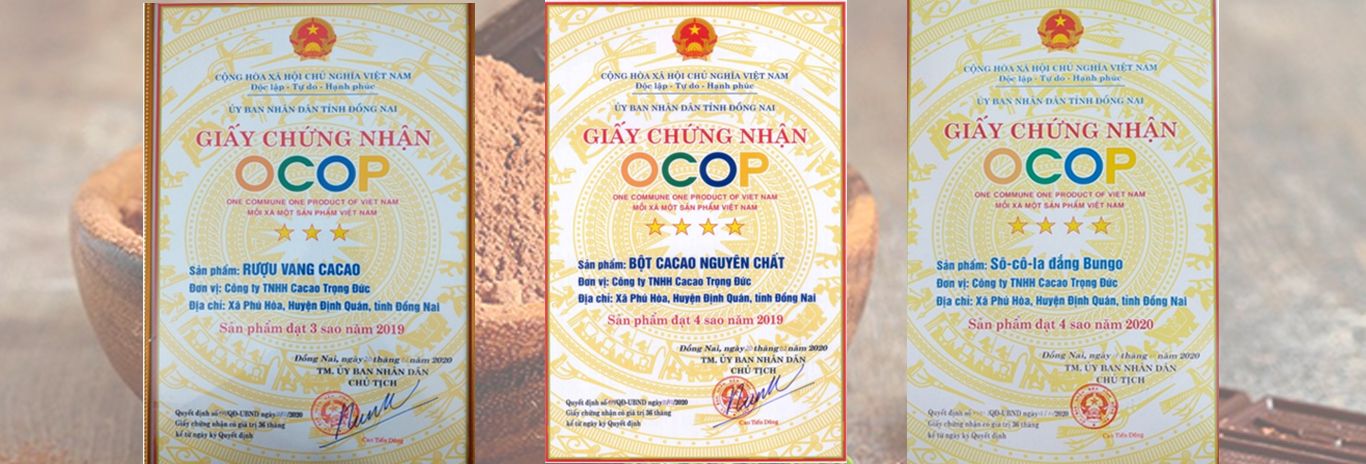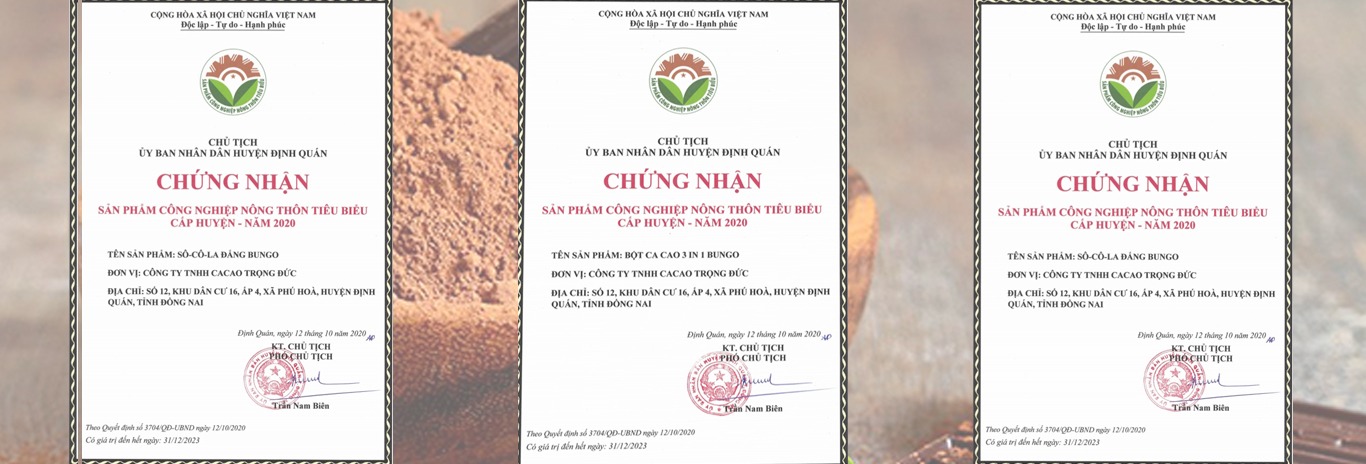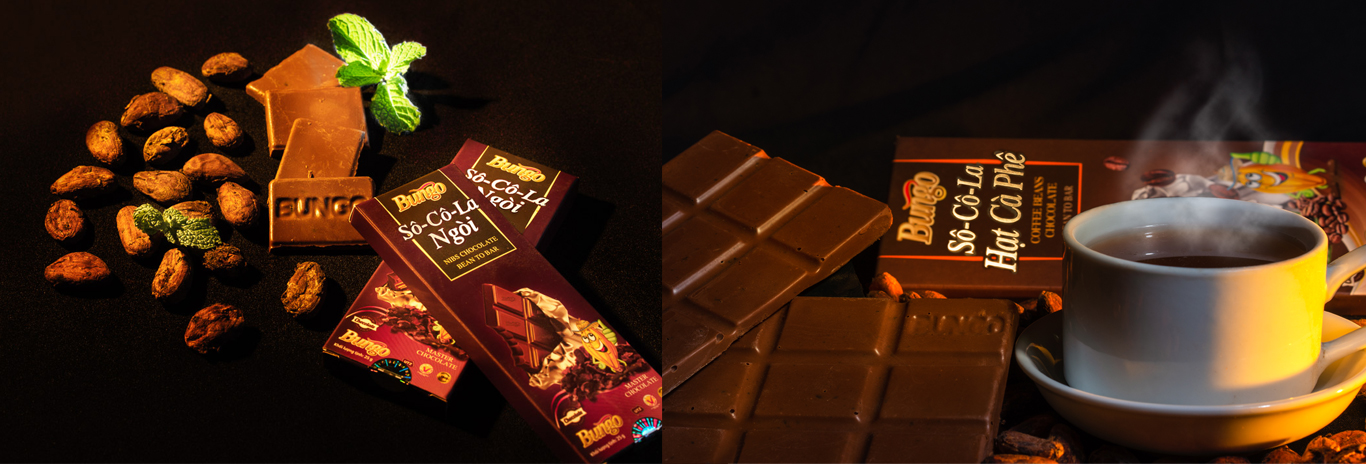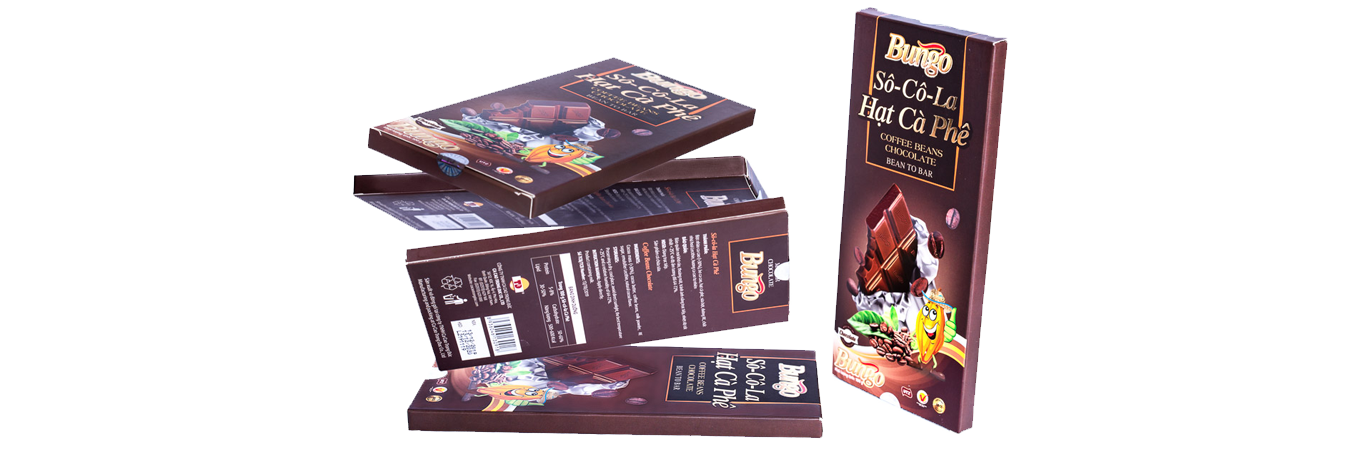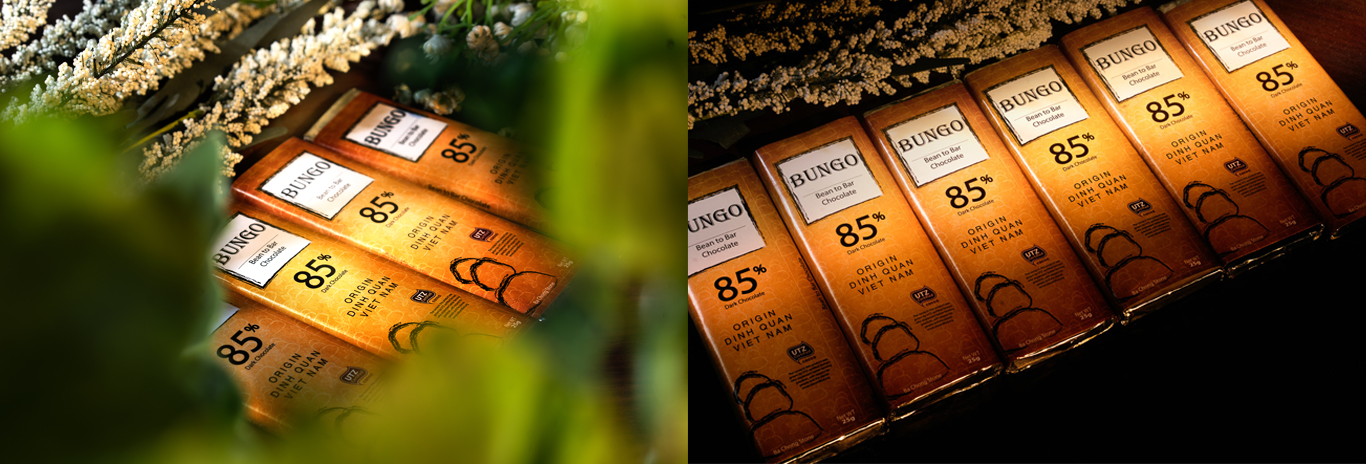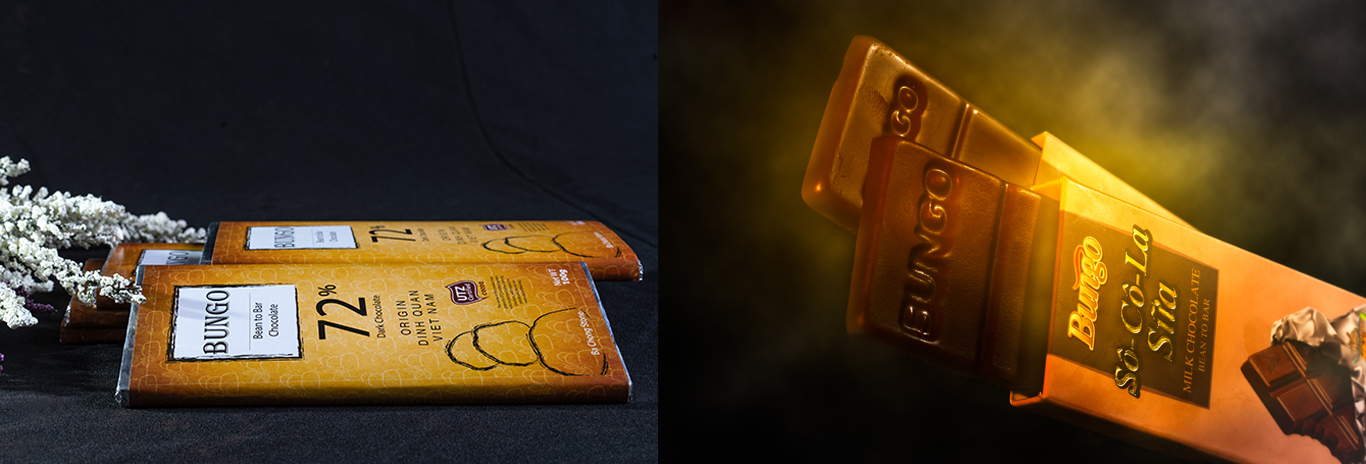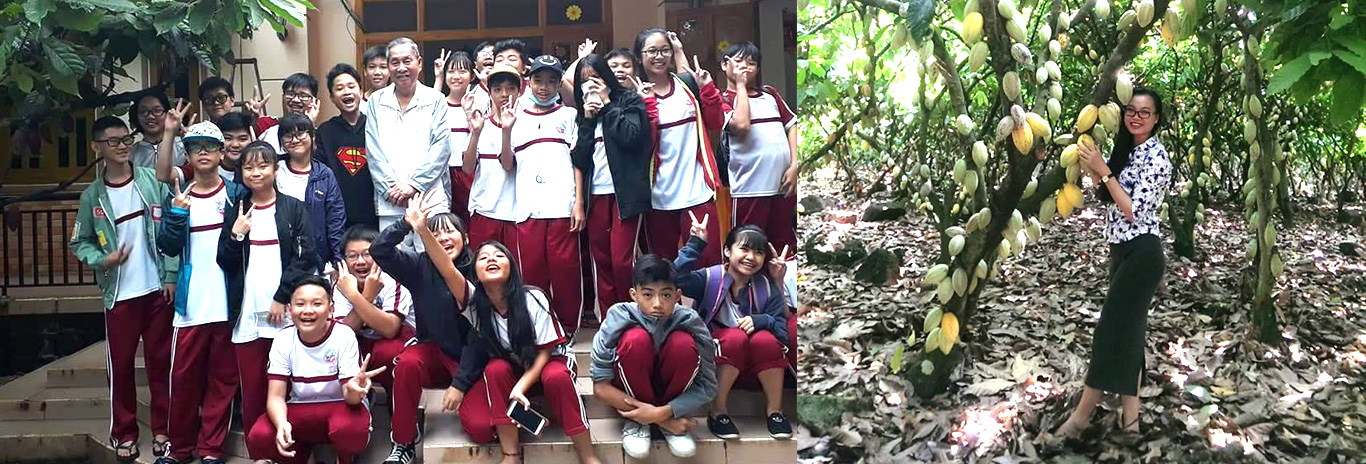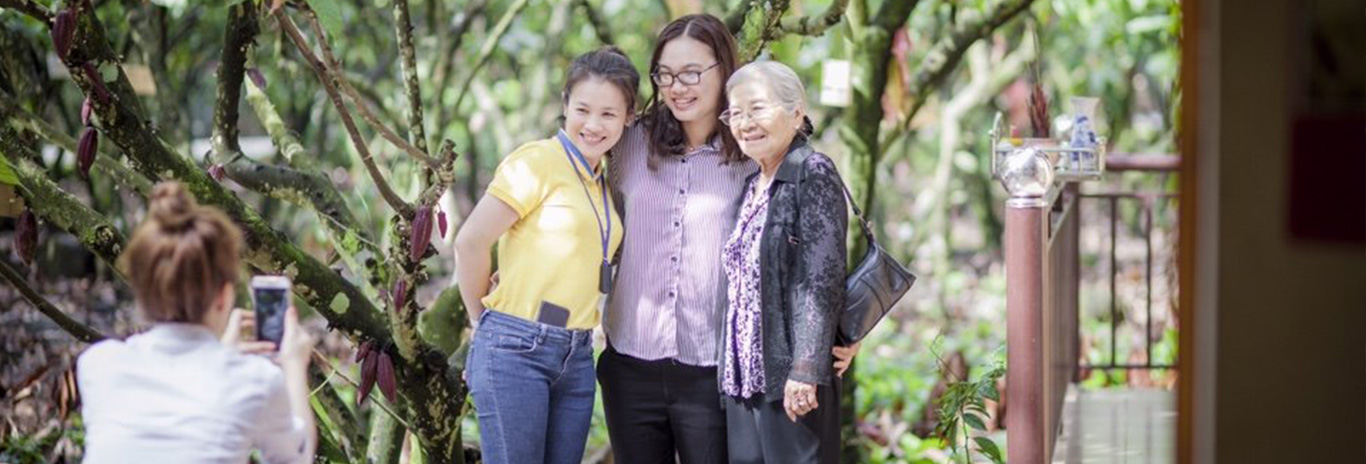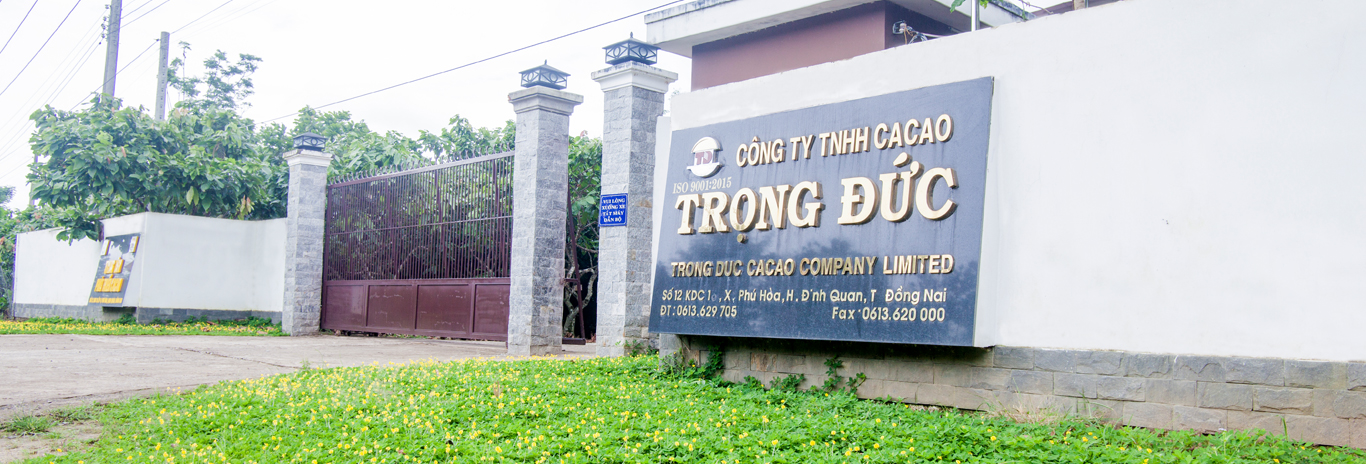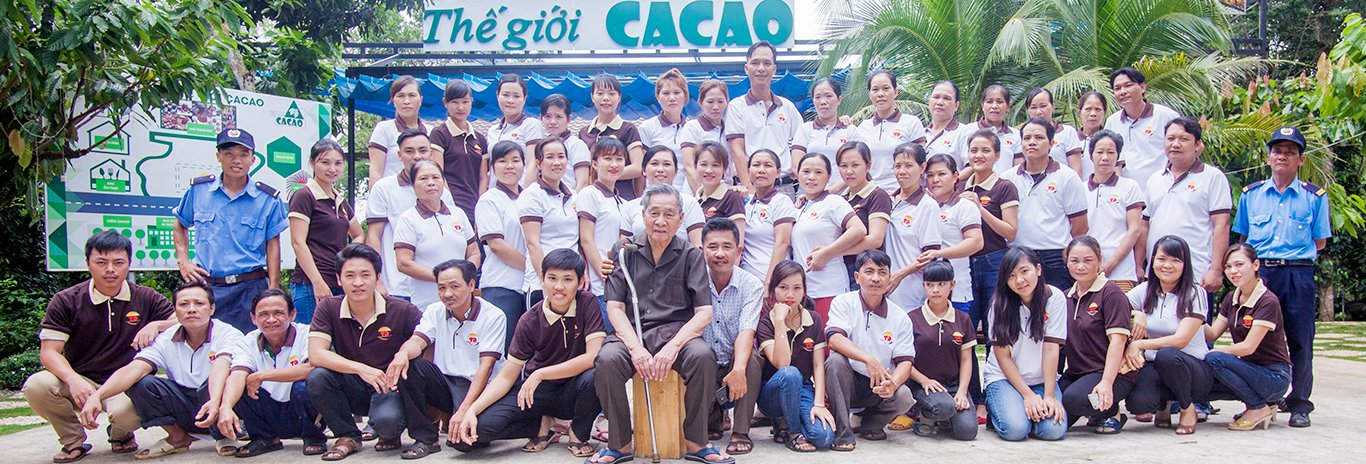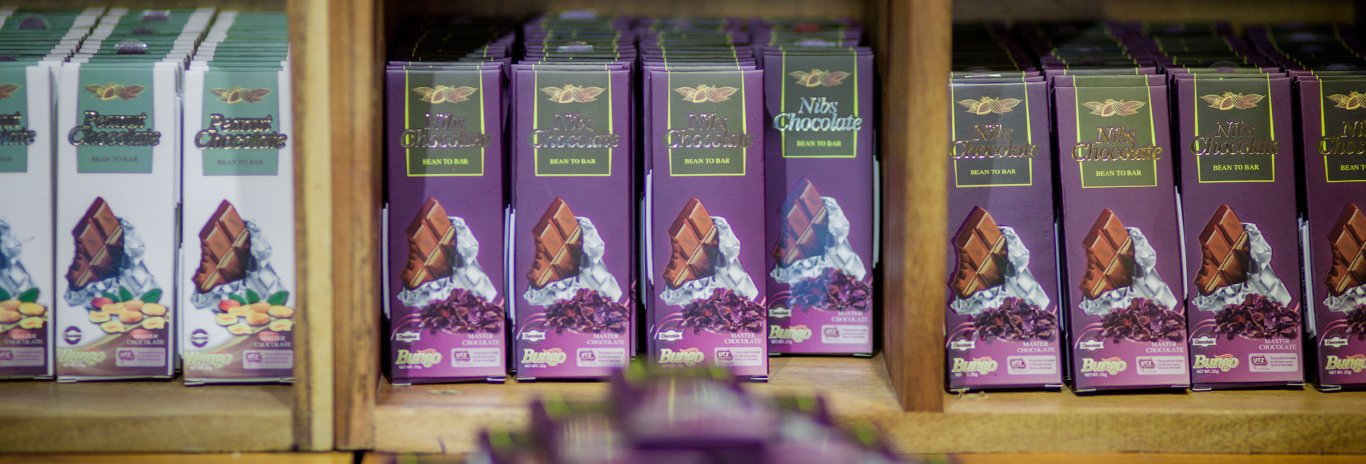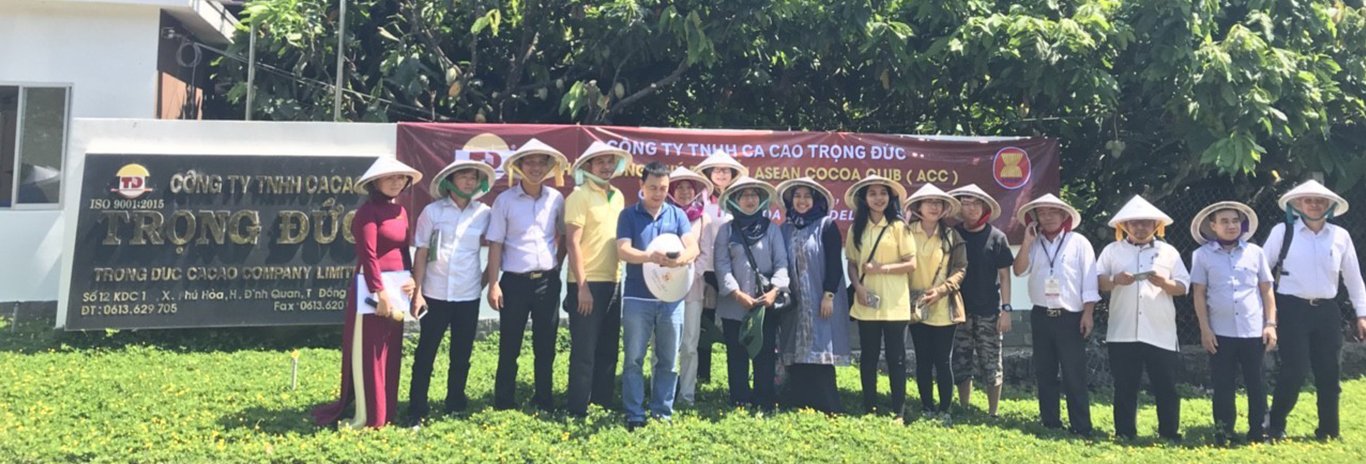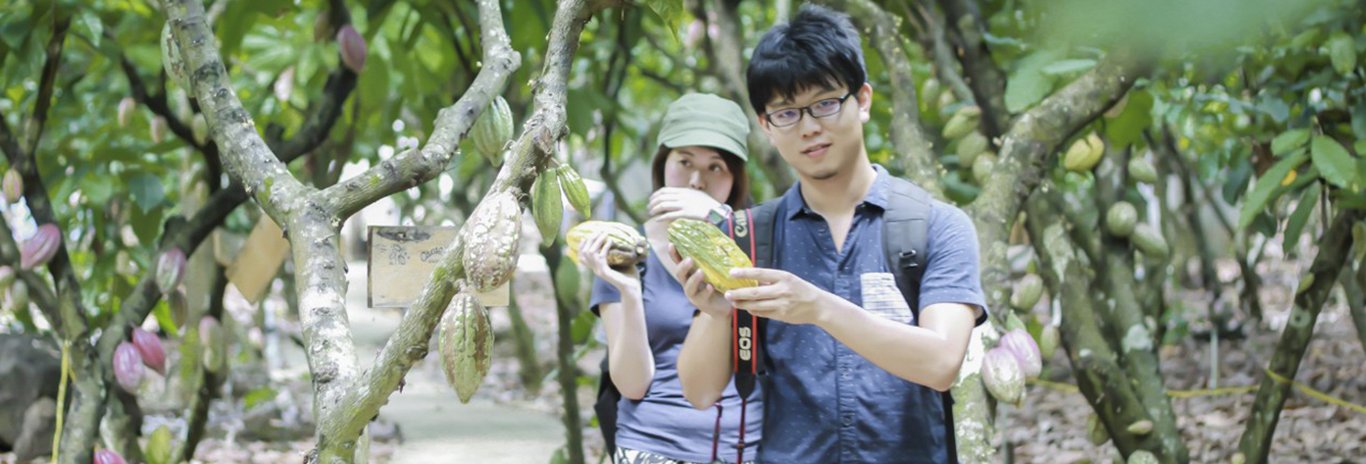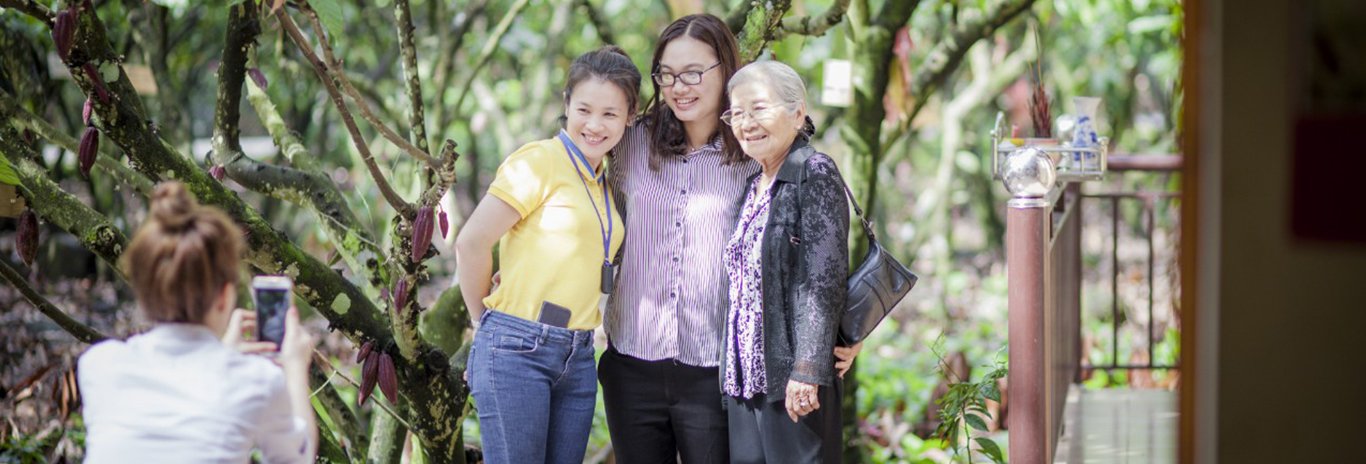
Sâu bệnh chủ yếu ở cây ca cao
Cocoa is a tree that provides the main source of income for many farmers. So it is necessary to care for cocoa without being attacked by pests and diseases
DEEP DISEASE AFTER HIGH CAUTION HARVESTING
Damaged by insects:
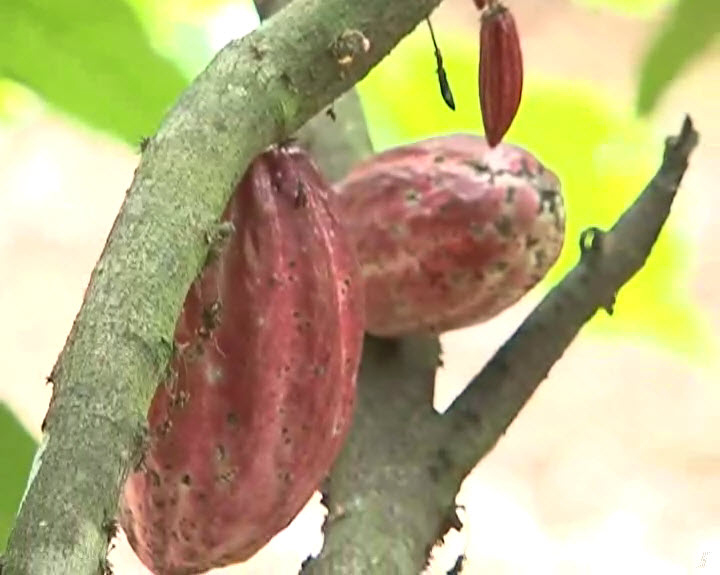
Reason:
Because the nail sprouts are left over from deep eggs, the pre-harvest insects also remain on cocoa pods and it will continue to grow during storage.
Prevention:
Care must be taken to thoroughly examine, and remove even deep-rooted cocoa pods, punctured by insect bites during harvest.
Bitten by mice and rodents
Reason:
Because mice like to eat the sweet pulp around cocoa beans. They often bite to eat the sweet pulp surrounding cocoa beans. The mouse will bite down the hole to remove the seeds.
Control measures:
It is necessary to periodically kill all target species such as hamsters, house mice.
Cocoa stores must be designed so as to avoid ingress of all [rodent] rodents.
Infection of mold diseases:
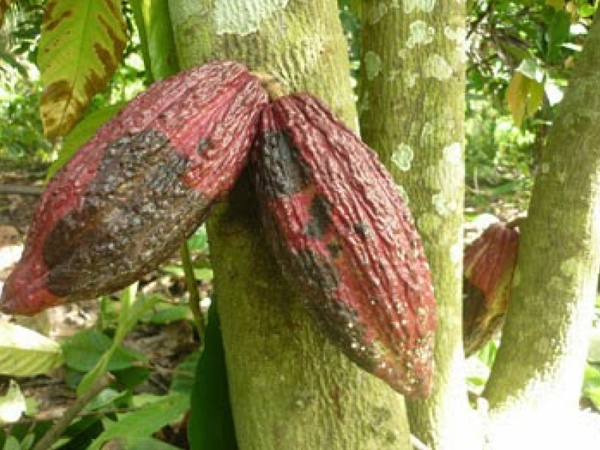
Reason:
The overcooked cocoa pods that are late to harvest will often be damaged by infection with mold diseases, which will affect the cocoa beans inside.
If the exposure time lasts more than 7 days, mold infection may occur. Because of the fermentation process, the dark brown color will appear and the contamination of mold.
Prevention:
The best way is that cocoa pods should be stored in [cool] dry, cool places and avoid rains to reduce mold contamination.
Fruits that are damaged by mold contamination should be removed and removed in places growing cocoa trees to help prevent growth and infection of other cocoa pods.
A separate cutting tool should be used to remove infected fruits from the tree.
After fermentation, cocoa beans must be dried to keep the moisture content of about 6.5%.





